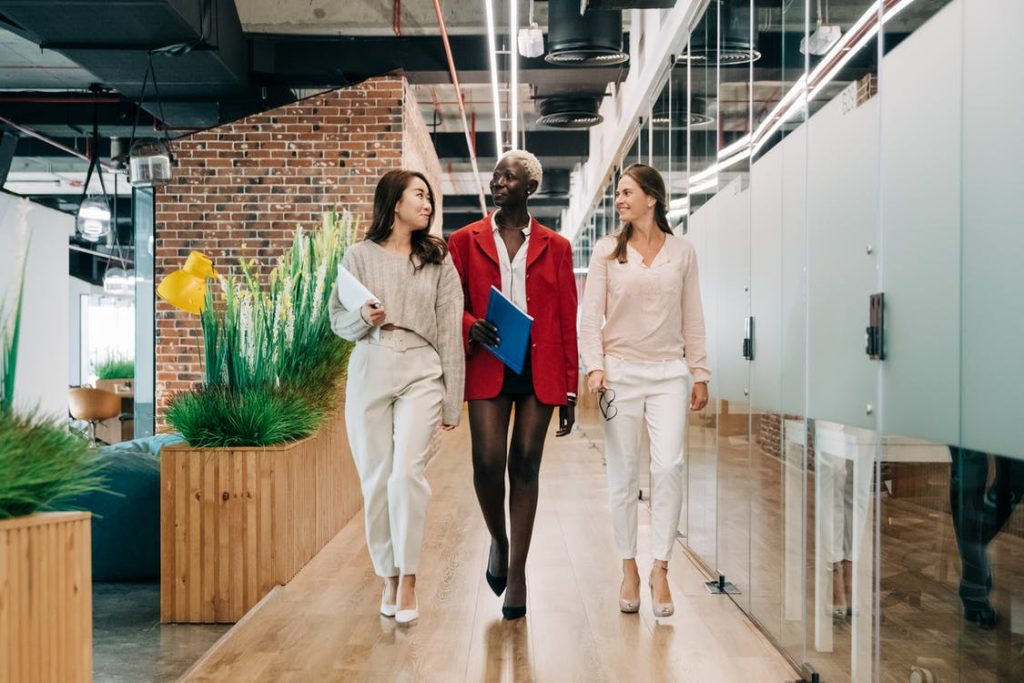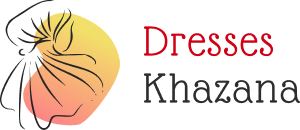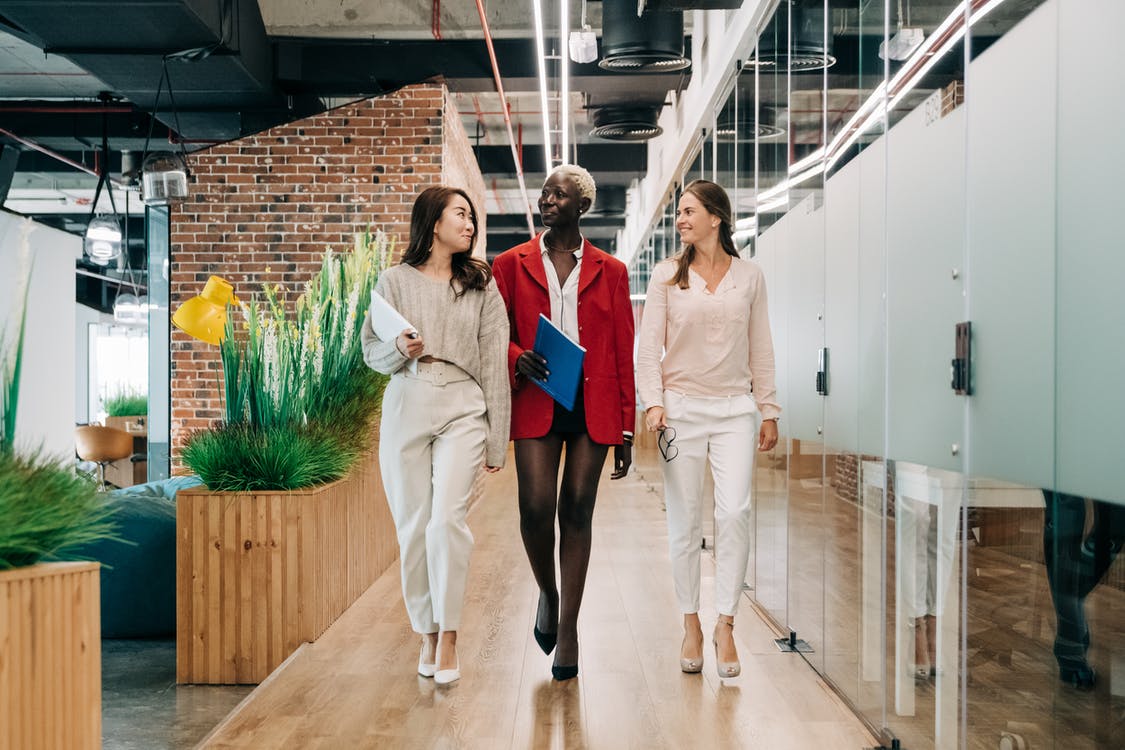
Business casual is very different from Business formals and is a more laid-back variant of traditional business clothing. The term “business casual” refers to an outfit that does not require a tie or a full suit. If you’re going to wear a collared shirt (button-up, polo, or sweater), you’re going to wear dress slacks or khakis or a pencil skirt. You may also want to wear a blazer or sport coat, but you don’t necessarily require a custom-tailored suit jacket for this occasion. If you’re going to wear closed-toed shoes, make sure they are oxfords or loafers. In this article, we will have a look at the key aspects related to the business casual dress types.
Table of Contents
Business formals and business Casuals
Typically used for interviews, professional business clothes can also be appropriate in more conservative, traditional workplaces. As an example, this dress code is commonplace in government, law enforcement, banking, and accountancy. Professional business wear was the norm in the workplace before the 1990s but has since been supplanted by more informal dress codes. As a general rule, business attire is conservative and well-fitting. A better fit can be achieved by having it custom-tailored.
Professional dresses for the workplace

If you’re going to wear a two-piece suit, you’ll want it in a dark, neutral hue like brown or navy or grey. In a conservative business formals setting, darker hues are preferable to lighter ones, but it doesn’t mean you can’t wear lighter colours in warmer weather or at joyful events. If you decide to wear pants, ensure they are well-fitting and long enough to cover your entire leg. Conversely, skirts should fall to the knee. As long as they are clean and professional, dresses are an option.
What Isn’t Appropriate for a Workplace?
In the case of an interview or the start of a new job, it’s crucial to know what you should and shouldn’t wear in the workplace. Among the most important things to avoid in business attire are:
Uncomfortable clothing
You may look sloppy or unprofessional if your clothes don’t fit you well enough. Nothing should be too loose or too tight. You can always go to a tailor if you notice that your sleeves or pant legs are overly long or short.
The use of vibrant hues or patterns
It’s crucial to keep your business attire conservative like business formals, so avoid bright colours and patterns. Professional and adaptable, light or muted colours are ideal. On the other hand, Stripes are a good exception to the rule that you should generally stay away from patterns.
Clothing that is too tight or too loose
Professional Business formal isn’t often the most comfortable apparel in your closet, but it’s still important to invest in items that make you feel good. This is exceptionally critical because first impressions matter so much if you’re getting ready for an interview or a large meeting. Wear your outfit for a few hours ahead and practice standing, sitting, and walking to become used to it before the big day.
Tips on how to dress in Business Casual Attire
Creating a business casual wardrobe is easy when you have the proper pieces in your closet. The following are some recommendations on how to dress for business casual.
Create a small, focused wardrobe

Business wardrobes are a collection of timeless pieces that can be mixed and matched to create countless outfits. For example, suppose you’re going to be attending an interview. In that case, you’ll want to have a well-curated collection of business-casual attire in your wardrobes, such as blouses, cardigans, jeans, dress slacks, and designer T-shirts. Business casual outfits don’t need a lot of guesswork, and you’re free to experiment with your unique combinations.
Avoid exposing your body
You don’t need to wear a business formal like a full suit on the job, but you should avoid clothes that reveal your inner-wear or too much skin. For example, knee-length skirts are more acceptable in the workplace than very short skirts.
It’s important always to look your best
When you’re dressed in business casual attire, you should always look polished and professional. Keep an eye out for any flaws in your clothing, like missing buttons, stains, wrinkles, or damaged threads, before you put it on. To avoid seeming unkempt, iron-wrinkling garments. If you’re going to wear jeans, make sure they aren’t too torn, ripped, or shredded. Dark wash jeans and a jacket or cardigan look great together in a business casual situation.
Quality above quantity is the way to go
Remember that quality is more important than quantity, regardless of whether you’re dressed in professional or business casual attire. Rather than wearing a slew of bracelets and rings on every finger, wear one classic piece to impress your interviewer or potential employer. Like a well-made leather portfolio, a brightly coloured bag will be overshadowed by a subdued portfolio of superior materials. Make sure you have everything you’ll need for the interview together.
Even if you’re going to a job interview or working, keep in mind that your look does matter. If you don’t dress adequately for the workplace, potential employers (and even present ones) may have a negative impression of you. So whether you’re seeking for job or hoping for a promotion, you should always try to make an excellent first impression.
Conclusion
Thus, we have seen the key differences between business casual and business formal and other related aspects in detail. Business casual is a less standard version of Business formals, but you should not go too casual. Although there are exceptions to this rule, distressed or ripped jeans aren’t appropriate for professional attire. Likewise, it is not relevant to wear jeans, flip-flops, or tennis shoes. Business casual clothing does not include anything too short or pyjama-like. Shorts, skirts, dresses that are too short or tight, and hoodies, are instances of inappropriate attire for a business casual. In a business casual workplace, brightly coloured apparel with loud or overly trendy designs is likewise inappropriate.

